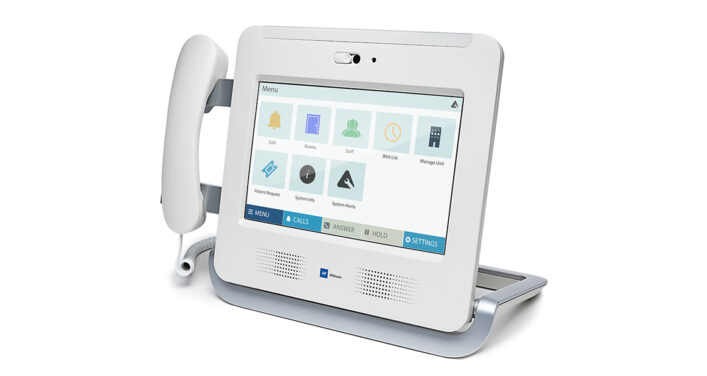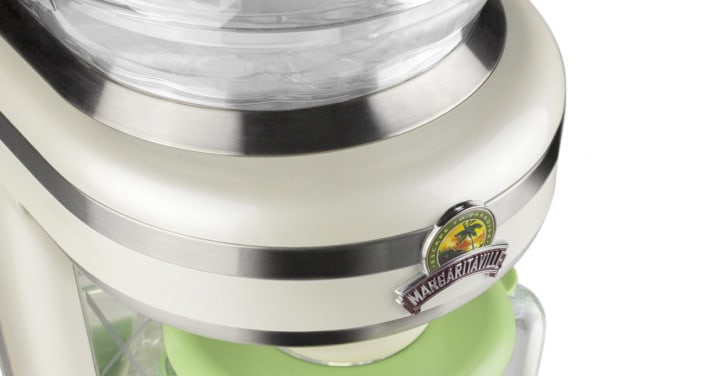Leveling up on user insight
A global leader in radiation measurement, Mirion Technologies’ business is all about keeping people who work with or may encounter radioactive materials in their jobs safe. While the company is well-known for heavy-duty, institutional instruments used in nuclear power plants, military agencies, hospitals, and national labs, they knew the technology could also have a big impact in the personal radiation device (PRD) space, where everyday radiation detection is a serious concern for fire, rescue, law enforcement, and emergency responders. THRIVE was brought in to help Mirion create a next-generation PRD specifically developed with first responders’ needs in mind, and charged with working directly with them to get it right.
Study the Field
We started by analyzing current devices on the market and talking to emergency responders to learn about their on-duty routines and critical needs from a PRD. It became clear that the competitive field presented a lot of pain points to overcome, from form issues (buttons too small to press when users are wearing gloves) to function (devices showed the source of radiation, but no directionality). Our research and analysis led to three main insights — existing products as a whole were too conspicuous, too easily broken and too complicated to use — and helped us narrow our next-gen PRD’s value proposition to three key features: durability, simplicity, and discreteness.
Co-Create and Iterate
Working closely with both the radiation experts at Mirion and a variety of emergency personnel around the country, we developed device concepts and created numerous prototypes, then gave them to professionals from police, fire and public health agencies to handle, and discover what they liked and what they didn’t. We took this feedback into consideration to determine an ideal physical form (including screen size, button size, and configuration) and nearly zero-training required a digital interface, iterating and testing along the way. The final PRD design incorporated the best of our rough and tumble field testers’ insight, like big buttons, a ballistic covering that could withstand drops and all kinds of weather without breaking, an easy-open battery compartment that could be filled with batteries from any convenient store, and a form factor that looked inconspicuously like an ordinary pager or comms device, so the public wouldn’t be alarmed by the detector’s presence.
Market to the Right Messengers
Alongside the industrial design and UI, we also helped name the device — AccuRad — and developed a visual design language, brand language, a website, and benefits-led messaging unlike any other in the industry: For Emergency Responders, By Emergency Responders. AccuRad’s look is rough and ready, tough and understated with an edge that makes it feel at home amongst first responders’ other equipment, from firearms to walkie talkies. The result meant an upgrade to the entire category — one that was sorely needed. To us and Mirion, it was simply time for this vital public safety device to get the real-life, field-worthy thought it deserved.
Award Winning Success
The success of the AccuRad is evident by the fact that it secured 43 new accounts in the first 12 months, including the U.S. Capitol Police, The Los Angeles Police Department, and the U.S. Army Research Laboratory. It also won 50% of the $121MM contract for the Securing the Cities (STC) program, a five-year program funded through the Department of Homeland Security Domestic Nuclear Detection Office seeking to reduce the risk of a successful deployment of a radiological / nuclear terrorist weapon in U.S. cities. Further validating the success of the AccuRad is the fact that Mirion has far exceeded its goal of achieving a 10% market share at launch in the first year.
Working with THRIVE on this radiological device was the first time Mirion directly engaged its end-users as co-creators in the new product development (NPD) process. Prior to this human-centered co-creation approach, the radiation experts at Mirion had a technology-driven methodology, which resulted in products that were typically difficult to use and unvalidated by the market’s needs. To date the AccuRad has been awarded two international design awards, one from the iF Industrie Forum Design in German,y one of the most important design prizes in the world and a Silver IDEA Award from the Industrial Design Society of America.


